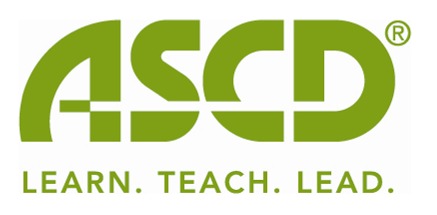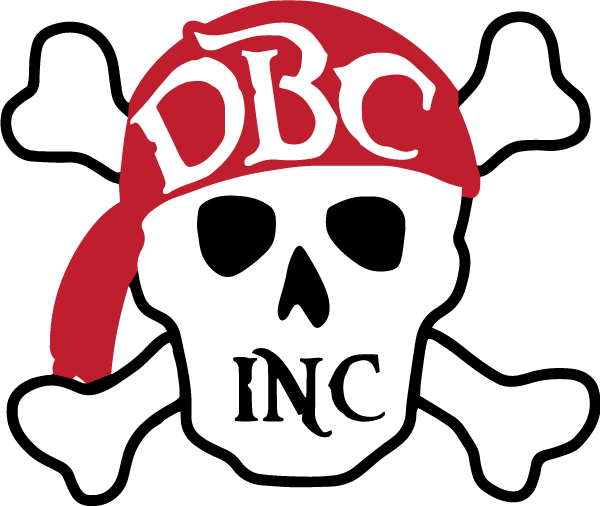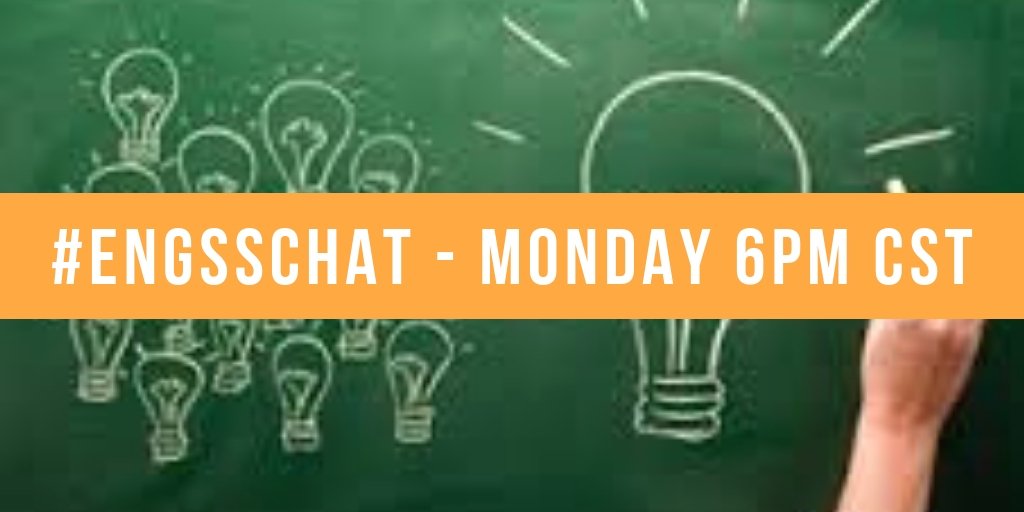 |
| The front seat of my car - always! |
As a first-year instructional coach, I sought a deeper understanding of my role and how I can best support my colleagues. Of course, Twitter and other PD experiences have provided great insights and tips regarding my new position, but I wanted more. To find answers, I turned to books by Elena Aguilar and Jim Knight. I began to carve out the time to research, read, and learn every tip, trick, and technique to mold my new position into one that would make the most significant impact on my personal learning community. Throughout this process, I began to increase my efficiency and discovered time pour over pages. While it seems paradoxical that English teachers or busy teachers of any discipline would find time during the school year to read, I can assure you that the impossible is possible. Here's how:
Shouldn't you be reading for class?
Of course! Reading for a class is an arduous task; effective close-reading and searching for every minute detail that one might interpret is time-consuming. Why is the hunting cap red? Besides youthful joy, what does that kite represent? Can we ever reach the green light at the end of the dock? While rereading texts with students, the pearls within the pages are freshly placed at the forefront of my memory, and I am ready to discuss the treasures found within that text. The luxury of being a veteran teacher does allow me to feel more confident with reading in pace with my students. I also feel less guilty about reading more than one text (Or three - there were years when I taught three different novels at the same time). With seasoned experience, I can compartmentalize my reading and learning more effectively. Thus, I can find a few moments to read for myself more regularly during the school year than years prior.
Another way to sneak in some reading is to assign independent books or provide students with the time to read for pleasure. Whether that be during a student-choice unit or a weekly (or even daily) drop-everything-and-read session, we cannot cultivate a love for reading and learning for that matter, if we do not provide students with opportunities to discover reading material they enjoy. The results of more independent reading are an increase in reading comprehension, stamina, and appreciation. Cultivating a love of reading through student-choice was a goal of mine this year, which had a noticeable impact on my students' interest in reading. Before my eyes, students began talking about what they were reading and started swapping book recommendations. That insatiable desire to read is buried in them; sometimes, they need encouragement to discover it. The unexpected by-product of this independent reading was that I, too, had more time to read and fuel my erudite tendencies.
How do you have the time to read (for fun)?
A question that people ask far too often is how on earth do you have the time to read for fun? Yes, I have three small kids and a laundry list of tasks to do. I fall into the same busy trap that we all do; the need to validate our existence with busyness is real, and I am certainly guilty of embracing this cultural practice. Still, my curiosity needs to be satisfied, and reading is a way to feel as though I am crossing something off my list while I embrace stillness and a few soundless moments.
I do not mind having a book in my hand or on the counter while I parent. My daughters will even sit with and ask me to read to them. (Tangent: The other night Willa found a copy of Catching Fire and thought it was the Bible. We read a little as the bedtime story. I did skip a few lines, but her curiosity overcame her, and I was not going to squelch that fire. She's such a Katniss).
To maximize my workout time, I read while on an elliptical. Mental and physical exercise can be done concurrently, although if you are nervous about being vulnerable in front of others do not read bereavement stories at the gym. I cry far too often in public since I actively seek out books that play at the heartstrings. My students, who also work out at the same gym, simply laugh when they see the tears running down my face.
Another strategy has been walking and reading. Pulling a Belle while walking down the hallway, in between class periods, is a great way to sneak in reading time. I have even been tempted to read in the driver's seat of a car, but I have resisted the urge (don't read and drive). Instead of surfing social media, skim through a book that you've meant to read for years. My recommendation, bring the book with you wherever you go; you'd be surprised how much time you have to crack that cover.
But I don't know what to read next? Create a conversation around literature.
On Facebook, I have been trying to post what I'm reading. Inspired by the media specialist at my school to create a conversation around literature, sharing what's on my shelf has helped me discover what friends are reading. Our networks of people will most likely have similar interests in books and seek titles that we are relevant to our lives in some way. The social media echo chamber is real and can be used to our advantage when it comes to literature. More of us are actively reading than we realize. Time is in constant shortage, and if we are fortunate enough to have the time to read, we often lack the time or opportunity to discuss what we're reading. The more we share and discuss books that inspire, motivate, touch, or just make us laugh, the more we can get excited about finding our next literary experience.
Another great place to look is the What's New section of the library. My local library has an impressive curation of recent and trending books that I love to browse. I have discovered several texts that I would never have picked up if it weren't for this section. Searching the New York Times bestseller list and other websites such as Goodreads can help, but I find that having in-person (or digital) conversations with friends have led to some of the best reading recommendations.
Learn unexpected things about familiar topics.
Recently, I have been reading Writers Read Better: 50+ Paired Lessons that Turn Writing Craft Work into Powerful Genre Reading (Nonfiction) by M. Colleen Cruz. In this professional development book, she addresses how reading can help us to learn and write about unexpected aspects of a topic. Reading and writing skills are so interconnected. Interesting speakers are strong readers, too; they have more to discuss and more background knowledge to draw upon when making connections and telling compelling stories. Through reading, students might be able to discover a backstory or uncover a unique fact that makes a topic like thunderstorms, table salt, WW2, or any other topic of interest come to life in a new and captivating way. There is much to discover in a book; take a trip anywhere and to any time that fascinates you.
So what AM I reading?
The list below is the summer reading completed I completed thus far. If you want to chat about any of these titles, don't hesitate to let me know and feel free to share what books you're reading! I'm always looking to add great titles to my to-read pile. Thanks to all who already have shared what they're reading on social media! I have loved the conversation and am also overwhelmed with how much I have waiting to be read. When we take the time to ask what we're reading, we're really asking is, "What are you learning?" I have loved this summer of scholarship with my learning network of friends and family.
- Radical Kindness: The Life-Changing Power of Giving and Receiving by Angela Santomero.
- Loonshots: How to Nurture the Crazy Ideas That Win Wars, Cure Diseases, and Transform Industries by Safi Bahcall
- Parkland Speaks: Survivors from Marjory Stoneman Douglas Share Their Stories
- I'll See You Again by Janice Kaplan
- One Thousand Wells: How an Audacious Goal Taught Me to Love the World Instead of Save It by Jena Lee Nardella
- Hillbilly Elegy by J.D. Vance
- The Hunger Games by Suzanne Collins
- Here We Are: 44 Voices Write, Draw, and Speak about Feminism for the Real World
- Educated:A Memoir by Tara Westover
- Dear Heartbreak: YA Authors and Teens on the Dark Side of Love by Heather Demetrios
- The Tattooist of Auschwitz: A Novel by Heather Morris
- A Man Called Ove by Fredrik Backman
- Whatever Gets You Through: Twelve Survivors on Life After Sexual Assault edited by Stacey May Fowles and Jen Sookfong Lee
- Writers Read Better: 50+ Paired Lessons that Turn Writing Craft Work into Powerful Genre Reading (Nonfiction) by M. Colleen Cruz
- Currently Reading: Girl, Stop Apologizing: A Shame-Free Plan for Embracing and Achieving Your Goals
by Rachel Hollis - Next Read: Talk to Me: Find the Right Words to Inspire, Encourage, and Get Things Done by Kim Bearden
- Waiting in the wings (along with about twenty other books): Just Checking: Scenes from the Life of an Obsessive-Compulsive by Emily Colas




















